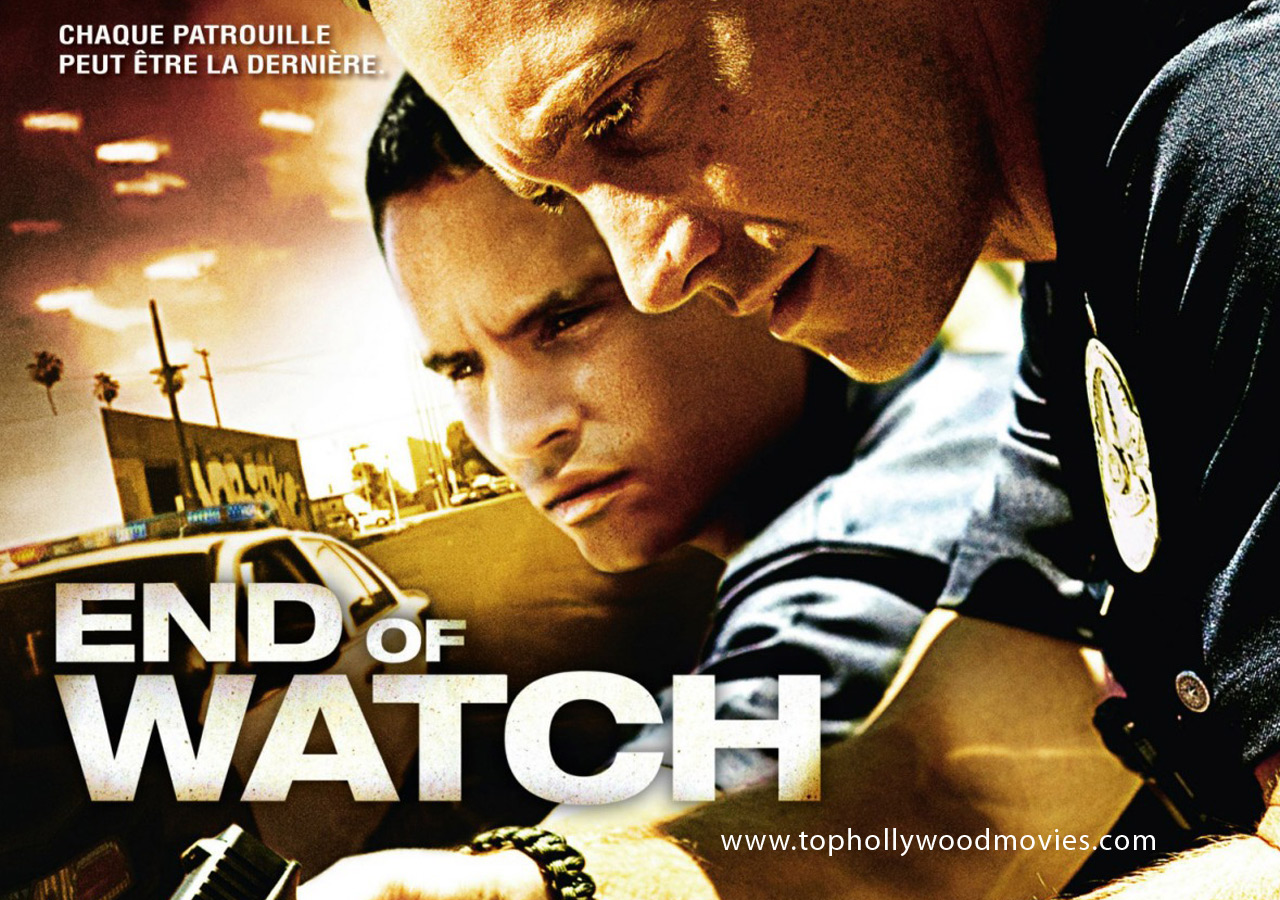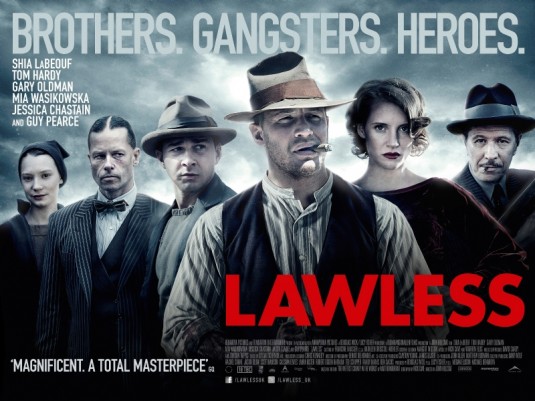Once upon a time there was a little horror movie phenomenon
called “The Blair Witch Project” and it freaked
a lot of people out because it was shot on a hand held camera, causing the
audience to question whether or not the terrifying recording was “real”. It
wasn’t… but since then we have been inundated with hundreds of these ‘found-footage’
style movies in increasing numbers every year. What’s more, is now they don’t
have to be horror films. This year alone we have been introduced to the first
hand-held superhero flick with “Chronicle”, the first digi-cam teen sex-comedy
with “Project X” and now the first faux-Youtube cop-drama with “End of Watch”.
Written and directed by David Ayer (“Training
Day”, “Street Kings”), “End of Watch” accounts the day by day scenarios of two
average L.A. beat cops, played by Jake Gyllenhaal and Michael Peña. Early on we
see Officer Brian Taylor (Gyllenhaal) showing his partner Mike Zavala (Peña)
his new camera equipment and how he plans to log his police work for some
unknown project that is never really explained. We watch them as they goof in
the shower room, make tasteless jokes as they patrol the streets and gamble
their lives as they raid hidden fronts for the Mexican cartel, who are slowly
positioning an all-out war with the LAPD. We also see how they conduct their
romantic lives, as Taylor falls in love with a chipper grad-student played by
Anna Kendrick and Zavala makes way for a new child in his life. As the risks
get higher, the rewards get richer and the two find themselves further and
further involved in a street-level massacre neither of them are equipped to
handle—all of which, would have been more exciting if I could have seen a damn
thing that was happening.
Despite
the fact that I kind of enjoyed myself, there are of plenty of reasons why this
movie is subject to criticism. Politically speaking, this depiction of the LAPD
seems fall in line with the clichés of racism in that particular department.
Though one of the leads is Mexican I found it to be more than a little suspicious
that every crime in this story is perpetrated by African American’s or
Hispanics. This is also reinforced by an unsettling strain of casual separatism,
sexism and homophobia expressed in the comedic banter between the two main characters
throughout the film.
As I
have already stated in exasperation, the cinematography looks really bad, which
I won’t excuse even if it’s ‘supposed’
to. By tethering itself to this
first-person style, many of the movie’s core action scenes are incomprehensible
and visually muddled. Also, as a personal gripe, whenever a movie presents the
footage as self-recorded by its characters, I am taken out of its supposed
realism every time I see an angle that a camera shouldn’t be in, an editing
splice or cut that wouldn’t make sense or an establishing crane/helicopter shot
of the cityscape—in which there are many in “End of Watch”.
Despite
my numerous problems with this picture, I couldn’t help but be entertained by the
hard-R-rated energy it celebrates and the charismatic performances by its cast.
I also appreciate Ayer’s screenplay for delving into character, keeping the
emotional core of the movie balanced and pacing the episodic beats of the
timeline very well. It takes risks and it’s certainly not a safe movie but it’s
not a very smart movie either. The thick-headed testosterone is somewhat
absorbing as you slowly drop your guard and accept the gritty style of what Ayer
is presenting, but when it is all said and done—as amusing as the
ultra-violence and vulgar dialogue is at times—this film is made with the same moral
complexity and technical competence as a sleazy episode of “COPS”.
Grade: C
Originally published in the Idaho State Journal/Sep-2012



